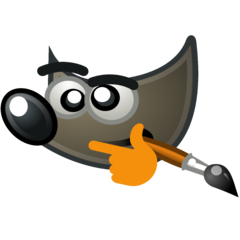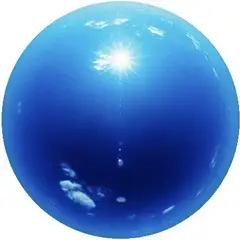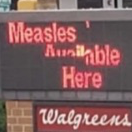Minibois' Digital Art Software thread
-
Topics
-
Mozra ·
Posted in Troubleshooting0 -
0
-
Cwota ·
Posted in Troubleshooting2 -
Ellonmusk ·
Posted in New Builds and Planning16 -
2kPat ·
Posted in New Builds and Planning3 -
Milesqqw2 ·
Posted in General Discussion3 -
1
-
1
-
0
-
4
-
-
play_circle_filled

Latest From Linus Tech Tips:
He Spent 3 YEARS Begging me for a PC. Good Luck Finding it!

















Create an account or sign in to comment
You need to be a member in order to leave a comment
Create an account
Sign up for a new account in our community. It's easy!
Register a new accountSign in
Already have an account? Sign in here.
Sign In Now